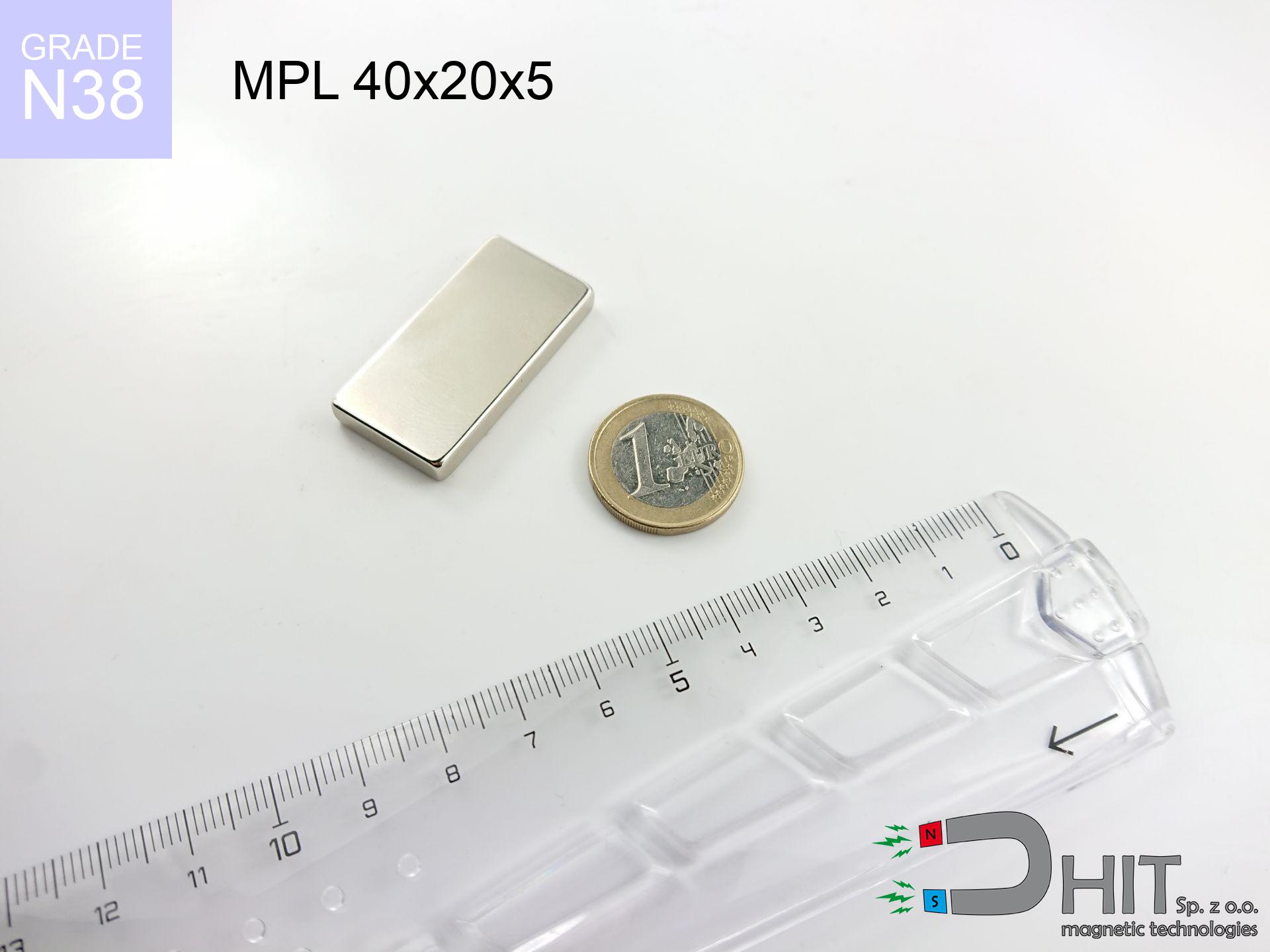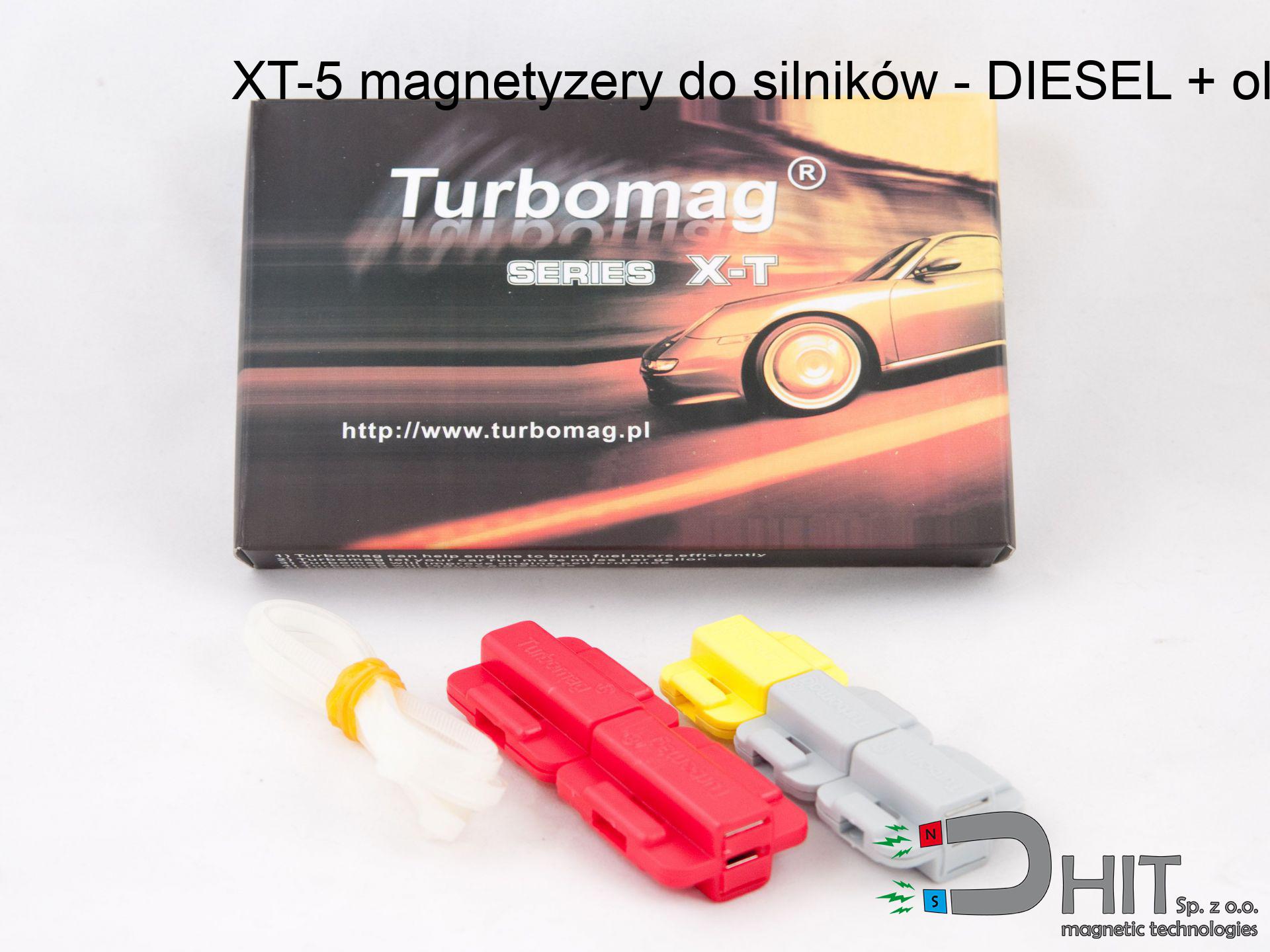SM 18x200 [2xM5] / N42 - magnetic roller
magnetic separator
catalog number 130273
GTIN: 5906301812753
diameter Ø
18
mm [±0,1 mm]
height
200
mm [±0,1 mm]
max. temperature
≤ 80
°C
catalog number 130273
GTIN: 5906301812753
diameter Ø
18 mm [±0,1 mm]
height
200 mm [±0,1 mm]
max. temperature
≤ 80 °C
442.80 ZŁ gross price (including VAT) / pcs +
360.00 ZŁ net price + 23% VAT / pcs
bulk discounts:
need more quantity?Don't know what to choose?
Call us tel: +48 22 499 98 98 or write via contact form on the contact page. You can check the power and the shape of magnet in our power calculator force calculator
Orders placed by 2:00 PM will be shipped on the same business day.
Specification: magnetic separator 18x200 [2xM5] / N42
Magnetic properties of the material N42
Physical properties of sintered neodymium magnets Nd2Fe14B
Recommended articles for purchase
Advantages as well as disadvantages of neodymium magnets NdFeB.
In addition to immense power, neodymium magnets have the following advantages:
- They do not lose their power (of the magnet). After about 10 years, their strength decreases by only ~1% (theoretically),
- They are exceptionally resistant to demagnetization caused by an external magnetic field,
- Thanks to the shiny finish and nickel, gold, or silver coating, they have an aesthetic appearance,
- They have very high magnetic induction on the surface of the magnet,
- Magnetic neodymium magnets are characterized by very high magnetic induction on the surface of the magnet and can operate (depending on the form) even at temperatures of 230°C or higher...
- Due to the option of accurate forming or adaptation to individual needs – neodymium magnets can be produced in a wide range of shapes and sizes, which expands the range of their possible uses.
- Wide application in advanced technologically fields – are used in HDD drives, electric drive mechanisms, medical apparatus or other modern machines.
Disadvantages of neodymium magnets:
- They can break as they are fragile when subjected to a powerful impact. If the magnets are exposed to impacts, we recommend using magnets in a protective case. The steel housing in the form of a holder protects the magnet from impacts and simultaneously increases its overall strength,
- Magnets lose their power due to exposure to high temperatures. In most cases, when the temperature exceeds 80°C, these magnets experience permanent loss in strength (although it is worth noting that this is dependent on the form and size of the magnet). To avoid this problem, we offer special magnets marked with the [AH] symbol, which exhibit high temperature resistance. They can operate even at temperatures as high as 230°C or more,
- They rust in a humid environment - during outdoor use, we recommend using waterproof magnets, such as those made of rubber or plastic,
- The use of a cover or a magnetic holder is recommended due to the limited possibilities of manufacturing threads or complex shapes in the magnet
- Possible danger arising from small pieces of magnets pose a threat, in case of ingestion, which becomes significant in the context of child safety. Furthermore, tiny parts of these devices can complicate diagnosis in case of swallowing.
Safety Precautions
Keep neodymium magnets away from GPS and smartphones.
Magnetic fields can interfere with compasses and magnetometers used in aviation and maritime navigation, as well as internal compasses of smartphones and GPS devices. There are neodymium magnets in every smartphone, for example, in the microphone and speakers.
Magnets should not be treated as toys. Therefore, it is not recommended for youngest children to have access to them.
Remember that neodymium magnets are not toys. Be cautious and make sure no child plays with them. They can be a significant choking hazard. If multiple magnets are swallowed, they can attract to each other through the intestinal walls, causing severe injuries, and even death.
Neodymium magnets are particularly fragile, resulting in damage.
Magnets made of neodymium are delicate and will shatter if allowed to collide with each other, even from a distance of a few centimeters. They are coated with a shiny nickel plating similar to steel, but they are not as hard. In the case of a collision between two magnets, there can be a scattering of small sharp metal fragments in different directions. Protecting your eyes is essential.
The magnet is coated with nickel. Therefore, exercise caution if you have an allergy.
Studies show a small percentage of people have allergies to certain metals, including nickel. An allergic reaction often manifests as skin redness and rash. If you have a nickel allergy, try wearing gloves or avoid direct contact with nickel-plated neodymium magnets.
Neodymium magnets are the most powerful magnets ever created, and their strength can surprise you.
Read the information on our website on how to properly utilize neodymium magnets and avoid significant harm to your body and unintentional damage to the magnets.
Dust and powder from neodymium magnets are flammable.
Do not attempt to drill into neodymium magnets. Mechanical processing is also not recommended. If the magnet is crushed into fine powder or dust, it becomes highly flammable.
Make sure not to bring neodymium magnets close to the TV, wallet, and computer HDD.
Strong magnetic fields emitted by neodymium magnets can damage magnetic storage media such as floppy disks, credit cards, magnetic ID cards, cassette tapes, video tapes, or other devices. In addition, they can damage televisions, VCRs, computer monitors, and CRT displays. You should especially avoid placing neodymium magnets near electronic devices.
Neodymium magnets can demagnetize at high temperatures.
Despite the general resilience of magnets, their ability to maintain their magnetic potency can be influenced by factors like the type of material used, the magnet's shape, and the intended purpose for which it is employed.
Neodymium magnets can attract to each other, pinch the skin, and cause significant injuries.
Magnets attract each other within a distance of several to about 10 cm from each other. Don't put your fingers in the path of magnet attraction, because a major injury may occur. Magnets, depending on their size, are able even cut off a finger or there can be a severe pressure or a fracture.
Neodymium magnets are not recommended for people with pacemakers.
Neodymium magnets produce strong magnetic fields that can interfere with the operation of a heart pacemaker. However, if the magnetic field does not affect the device, it can damage its components or deactivate the device when it is in a magnetic field.
Please read the article - What danger lies in neodymium magnets? You will learn how to handle them properly.

![SM 18x200 [2xM5] / N42 - magnetic roller SM 18x200 [2xM5] / N42 - magnetic roller](https://cdn3.dhit.pl/graphics/products/sm-18x200-2xm5-gig.jpg)





